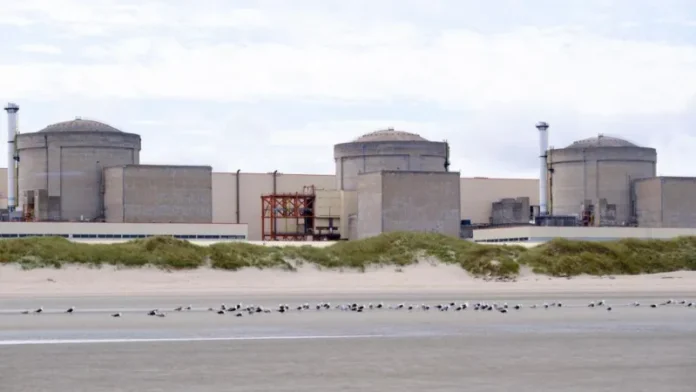
France’s Gravelines nuclear power plant, one of the country’s largest energy production sites, experienced an unusual shutdown on Monday after a swarm of jellyfish clogged its cooling system.
The incident, described by operator EDF as a “massive and unpredictable presence of jellyfish,” forced four of the plant’s six units to shut down automatically.
The affected units halted operations after the marine creatures clogged filters in the plant’s cooling circuit, which draws water from a canal connected to the North Sea. The remaining two units at the site were already offline for scheduled maintenance.
EDF assured that the incident posed no threat to public safety, plant personnel, or the surrounding environment. “The jellyfish were found in the non-nuclear part of the facilities,” the energy group said in a statement.
“The plant teams are mobilised and are currently carrying out the necessary diagnostics and interventions to be able to restart the production units safely.”
Situated between Dunkirk and Calais, the Gravelines facility plays a significant role in France’s power supply. Each of its six units produces 900 megawatts of electricity, contributing to a grid in which roughly 70% of energy comes from nuclear sources, according to the World Nuclear Association (WNA).
Marine experts explained how the jellyfish managed to bypass barriers meant to keep such organisms out of the plant’s systems. Ronan Tanguy, a nuclear engineer at the WNA, noted that their gelatinous bodies allowed them to evade the plant’s initial filtration systems.
“They were able to evade the first set of filters then get caught in the secondary drum system,” Tanguy said. “This created a blockage, reducing the amount of water drawn in, which in turn triggered automatic shutdowns as a safety precaution.”
While jellyfish blooms in the North Sea are not uncommon during warmer months, this particular influx was significant enough to disrupt the operations of a major industrial facility. Scientists suggest that changes in sea temperature and current patterns could contribute to increased jellyfish numbers near coastal waters.
EDF did not specify when the affected units would resume operations, noting that the priority remained ensuring safe restart conditions. Maintenance crews have been tasked with clearing the jellyfish and inspecting the cooling system for any potential damage.
The Gravelines incident is not the first time nuclear power plants have been impacted by jellyfish swarms. Similar cases have been reported in Japan, Sweden, and the United States, where marine organisms obstruct cooling systems, forcing operators to take precautionary measures.
For now, EDF reassured the public that France’s electricity supply remains stable despite the temporary outage. The incident, while unusual, underscores the challenges that even advanced energy infrastructure can face from natural and unpredictable environmental factors.
This article was created using automation technology and was thoroughly edited and fact-checked by one of our editorial staff members